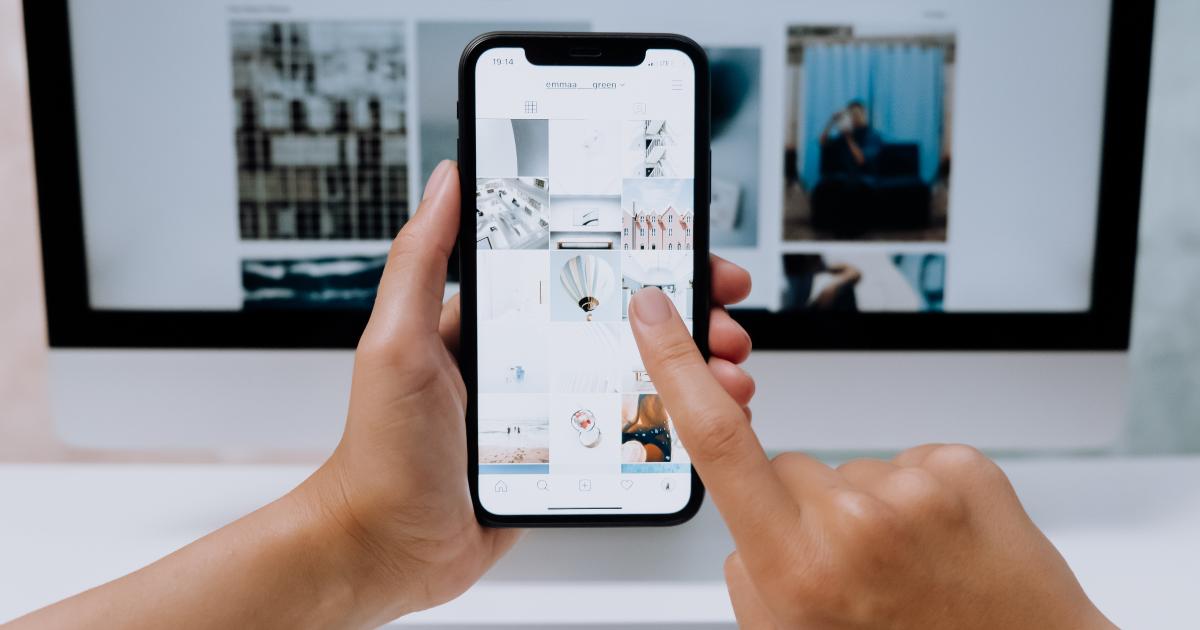Have you ever dreamed of speaking a new language but felt overwhelmed by the time, effort, or cost of traditional classes? What if you could skip the expensive tutors and learn languages with phones quickly using something you already own—your phone? Thanks to modern technology, mastering a new language is more accessible than ever. With the right tools and strategies, your smartphone can become a powerful language-learning partner. Let’s dive into how you can start speaking a new language faster, all from the palm of your hand
Advertisement
1. Choosing the Right Language Learning Apps
Language learning apps are a fantastic starting point for beginners and experienced learners alike. Apps like Duolingo, Babbel, and Memrise use gamified lessons to make learning engaging and efficient. These platforms teach vocabulary, grammar, and pronunciation through bite-sized exercises that fit seamlessly into your day.
When choosing an app, consider your learning style. For structured courses, Babbel excels, while Duolingo’s game-like approach keeps motivation high. Additionally, explore apps that focus on conversational skills, like HelloTalk or Tandem, which connect you with native speakers. By investing just 15–30 minutes daily, these apps can dramatically accelerate your progress.

2. Using Language-Specific Tools
Beyond general language apps, language-specific tools provide tailored support for mastering nuances like pronunciation, slang, and cultural context. Tools like Google Translate can quickly clarify unfamiliar words or phrases. Meanwhile, apps like LingQ help you learn through real-world content, such as articles, podcasts, and videos in your target language.
For tonal languages like Mandarin, apps like Pleco offer specialized dictionaries and pronunciation aids. Similarly, Conjugation Trainer apps help with verb forms in romance languages like Spanish or French. Incorporating these tools alongside your primary app makes learning richer and more practical.
3. Practicing Speaking with Your Phone
Speaking is often the hardest part of learning a new language, but your phone can make practice easy and stress-free. Use voice-recognition features in apps like Rosetta Stone or Duolingo to improve your pronunciation. Platforms like Speechling provide feedback on your spoken phrases by connecting you with language coaches.
Additionally, take advantage of your phone’s voice assistant. Change its language settings to your target language and practice giving commands or asking questions. Regular speaking practice builds confidence and helps you sound natural faster, even if you’re learning alone.
Advertisement
4. Joining Online Communities
Language learning isn’t just about memorizing words—it’s about connecting with people. Joining online communities through apps like Tandem, HelloTalk, or even Facebook groups provides real-world practice opportunities. These platforms allow you to chat with native speakers, ask questions, and exchange cultural knowledge.
For learners who prefer group settings, try live sessions on platforms like Zoom or join forums like Reddit’s r/languagelearning. Sharing your progress and challenges keeps you motivated while offering insights into the language’s cultural and practical aspects.

5. Strategies for Consistent Progress
Consistency is the key to mastering any skill, and language learning is no exception. Use your phone to set daily reminders or create a dedicated language-learning calendar. Spaced repetition systems (SRS), like those in Anki or Quizlet, help you retain vocabulary more effectively over time.
Immerse yourself in the language by changing your phone’s settings to it, listening to podcasts, or watching videos in your target language on YouTube or Netflix. These passive learning strategies complement active study and make progress feel natural.
Advertisement
Final Thoughts
Learning a language doesn’t have to be expensive or time-consuming. By leveraging your phone, you have access to an array of tools, apps, and communities that simplify the process. Choose the right apps, practice speaking, immerse yourself in real-world content, and stay consistent. With determination and daily effort, you’ll be amazed at how quickly you can make progress. Start today, and turn your smartphone into a gateway to a new language and culture!
References
- Harvard Business Review. “How Language Learning Apps Can Help You Learn Faster.” https://hbr.org.
- The Guardian. “The Best Apps for Learning a Language.” https://www.theguardian.com.
- Duolingo Blog. “How Gamification Enhances Language Learning.” https://blog.duolingo.com.
- TechRadar. “Top Language Tools to Boost Fluency.” https://www.techradar.com.


